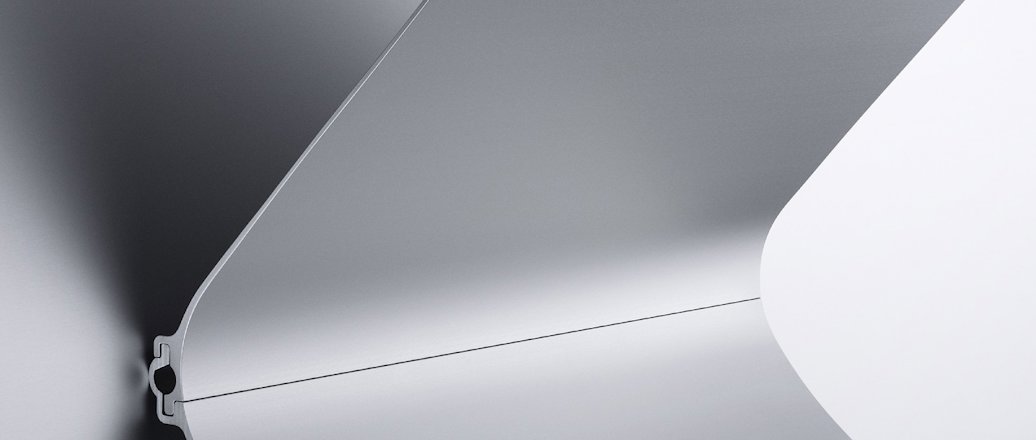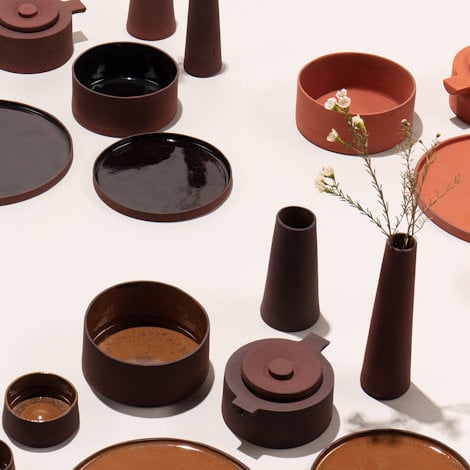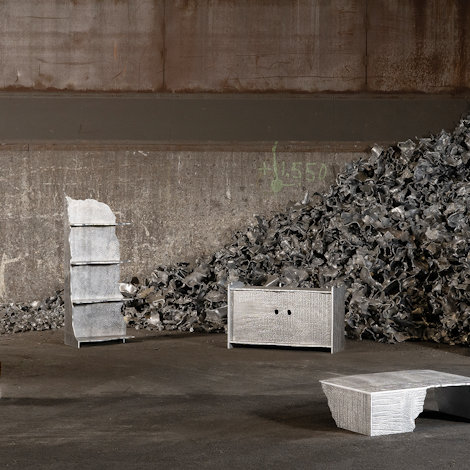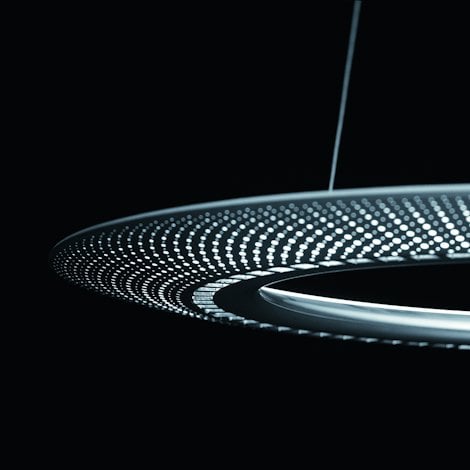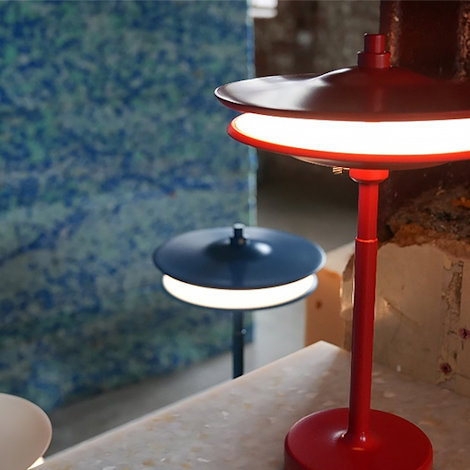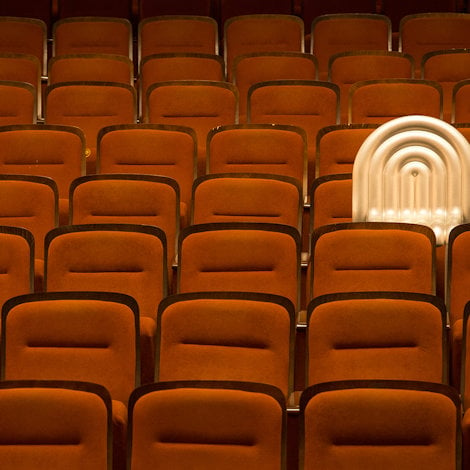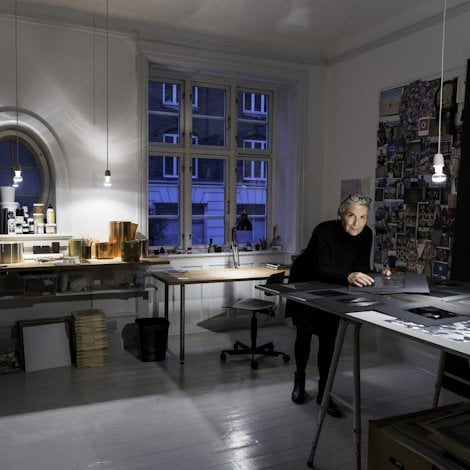Seven ways to trim costs through design
If you are interested in saving costs without sacrificing quality, then you should consider these seven points when designing your products for manufacturing and assembly.
Many factors go into the calculation of product cost. These can include material type, the amount of material used, the manufacturing process, number of parts and assembly details. But money can be saved in the design phase through the selection of the right materials and appropriate designs. In combination with extrusion technology, aluminium offers unique options for cost-efficient solutions.
These seven design starting points can lead to such solutions.
1. Reduce the weight
A lighter structure requires less energy and heavy-duty equipment to move the structure or its components during the production or usage phases. Weight savings can be achieved by placing material only where it is needed. Aluminium extrusion technology makes it possible to produce forms specifically for the desired functionality and to thereby place material only where needed. Aluminium also possesses favorable strength properties, provided that the material properties have been taken into account at the design stage.
Combining two elements into one smart aluminium design makes it possible to save on materials or to replace heavier components with lighter ones, without limiting functionality. This also saves equipment and energy costs.
2. Raise the quality of the end product
Another starting point entails raising the quality of the end product. This covers the aesthetic aspect as well as user-friendly functionalities, such as latches, hinges and other connectors that make the end product easier to use. Smartly designed extruded aluminium profiles save materials and raise the value of the end product.
3. Speed up assembly
Assembly can have a heavy impact on costs if the process is time- and labor-intensive, for example, if many or highly precise actions need to be taken, such as tightening screws or welding. A different design could result in a smart connector that requires less time or labor in assembly. Or would a smart design even make it possible to eliminate the connector entirely?
4. Optimize the structure
Standard components provide standard solutions to standard problems. Yes, standard components cost less, but with a unique product, the components provide only a limited solution. This solution is also time-consuming, both in the design and the assembly process. Extrusion technology offers considerable freedom of form, which makes it possible to make the right form for the ideal solution. After all, a unique product calls for a unique solution.
5. Reduce the number of components
Is it possible to merge several functionalities in a single component? If so, then you will reduce the number of components in the product, simplify the logistics process, limit the number of suppliers and thus reduce costs. A product often consists of several components, each with their own functionality. The freedom of form offered by extrusion technology makes it possible to combine several functionalities in the design of fewer components.
6. Eliminate additional processes
Welding, grinding, drilling and punching are just a handful of the conceivable additional processes for a component. But are they needed? Could they be eliminated by changing a profile’s contours?
7. Add functional decoration
There is more to decoration than surface treatment alone. Minor imperfections, which are unavoidable in the extrusion process and are removed using subsequent treatments, can be masked by adding decorative patterns to the contours of the aluminium profile. This reduces the chance of rejection and lowers the component’s production costs. Substantial savings can be achieved by using the right type of decoration and showing the correct visible side on the profiles.
My experience shows that coming up with a solution based on one of these seven starting points often results in a design that is cost-effective and features many of the advantages outlined above.

